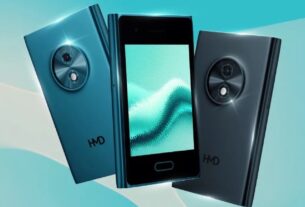The best part about my job is, I get to see so many interesting products designed for a spectrum of users. While some cater to the elite and embody luxury, others — such as the HomeMore Project’s Makeshift Traveler — truly touch the heart because of the purpose behind their creation. Since the introduction of the first Makeshift Traveler (a backpack, per se; more on it below), the not-for-profit organization behind the creation has delivered upward of 1,200 units to individuals experiencing homelessness in California.
The target with the fourth edition, built in 2025 with enhanced design and new features, is to deliver another 2,000 units across 25 cities in California and counting. The project that started from Tenderloin in San Francisco has, with feedback from unhoused people, reached a point where it’s more than an ordinary backpack. It’s a self-sustaining unit that is designed to provide connectivity, shelter, resources, and assistance to the homeless.
Designer: The HomeMore Project

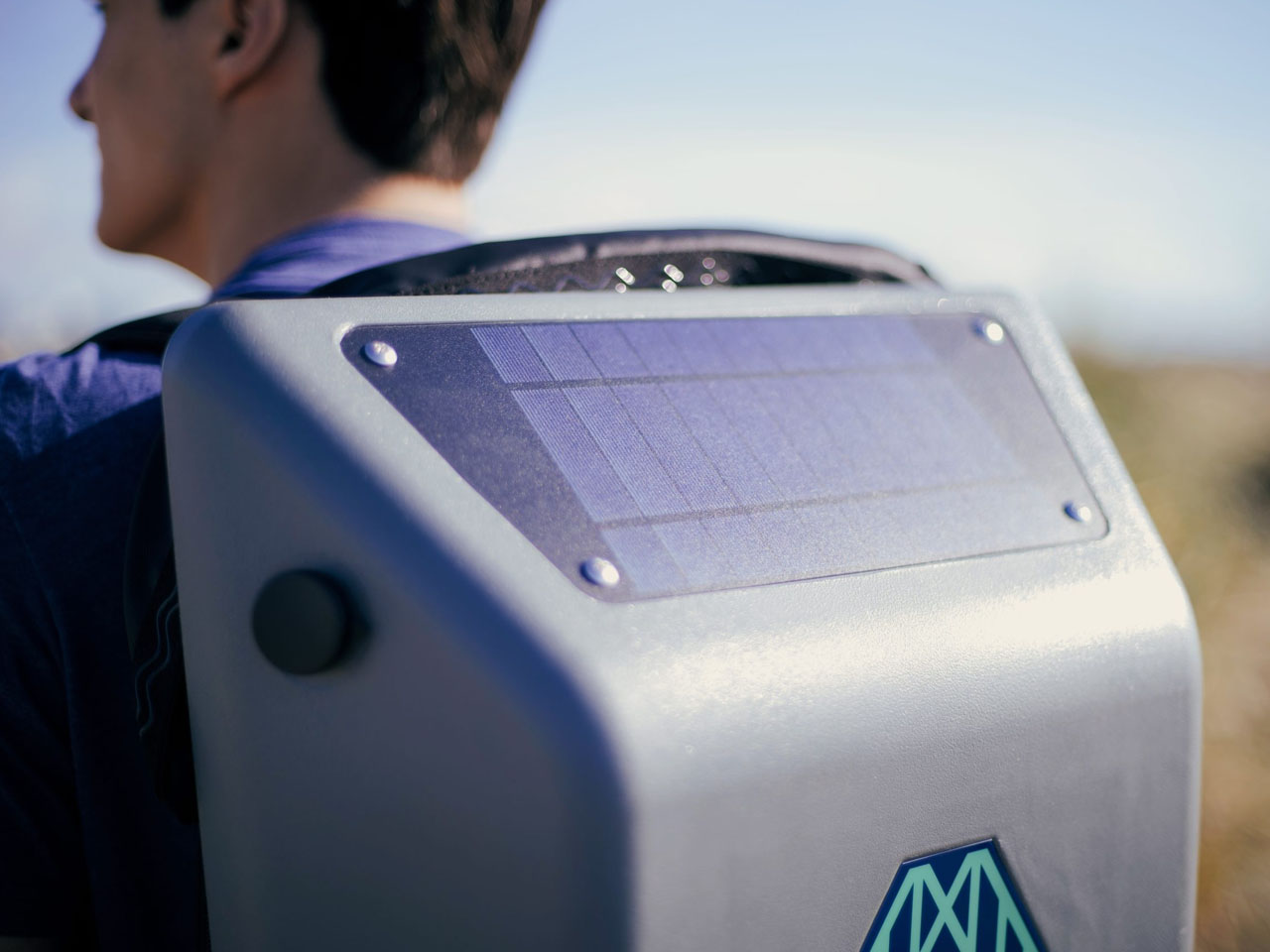
Conceived with the idea to empower the unsheltered homeless community in California, the Makeshift Traveler backpack, with an integrated solar panel, allows the owner to charge their phone and stay connected. The backpack comes integrated with a 4-watt polycrystalline solar panel connected to an internal 10,000-mAh rechargeable power bank, and allows the user to connect their mobile device through the integrated USB port. The backpack comes with many additional utilities, such as a tent and sleeping bag, and also has an FM radio and flashlight inside the pack, which can be charged directly by the power bank.

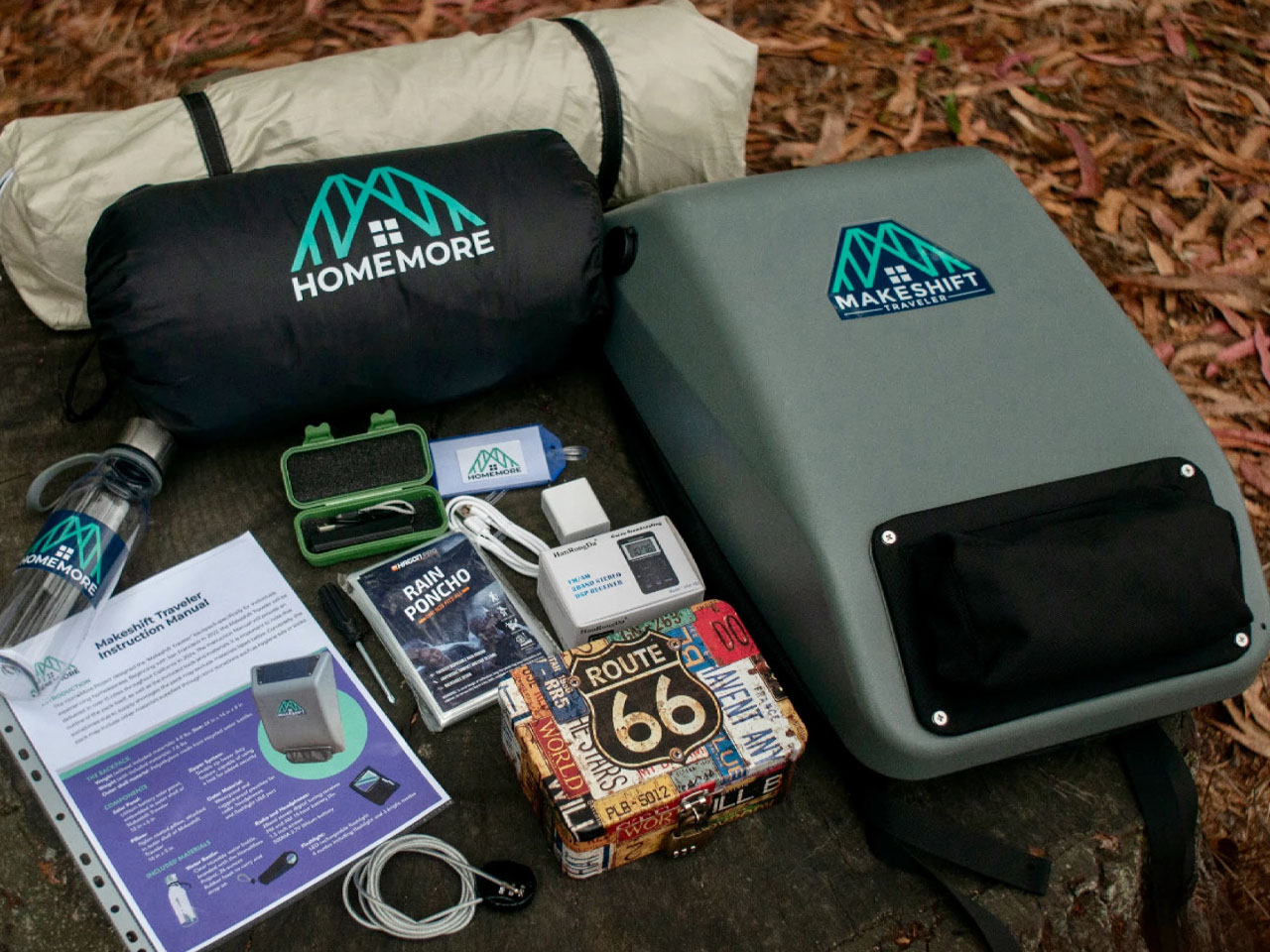
The Makeshift Traveler requires almost six hours of sunlight to juice up the internal power bank, which can deliver enough power to charge up to three standard smartphone batteries in one full charge. On overcast days or in areas of less sun, the backpack’s power station is chargeable via a wall charger.
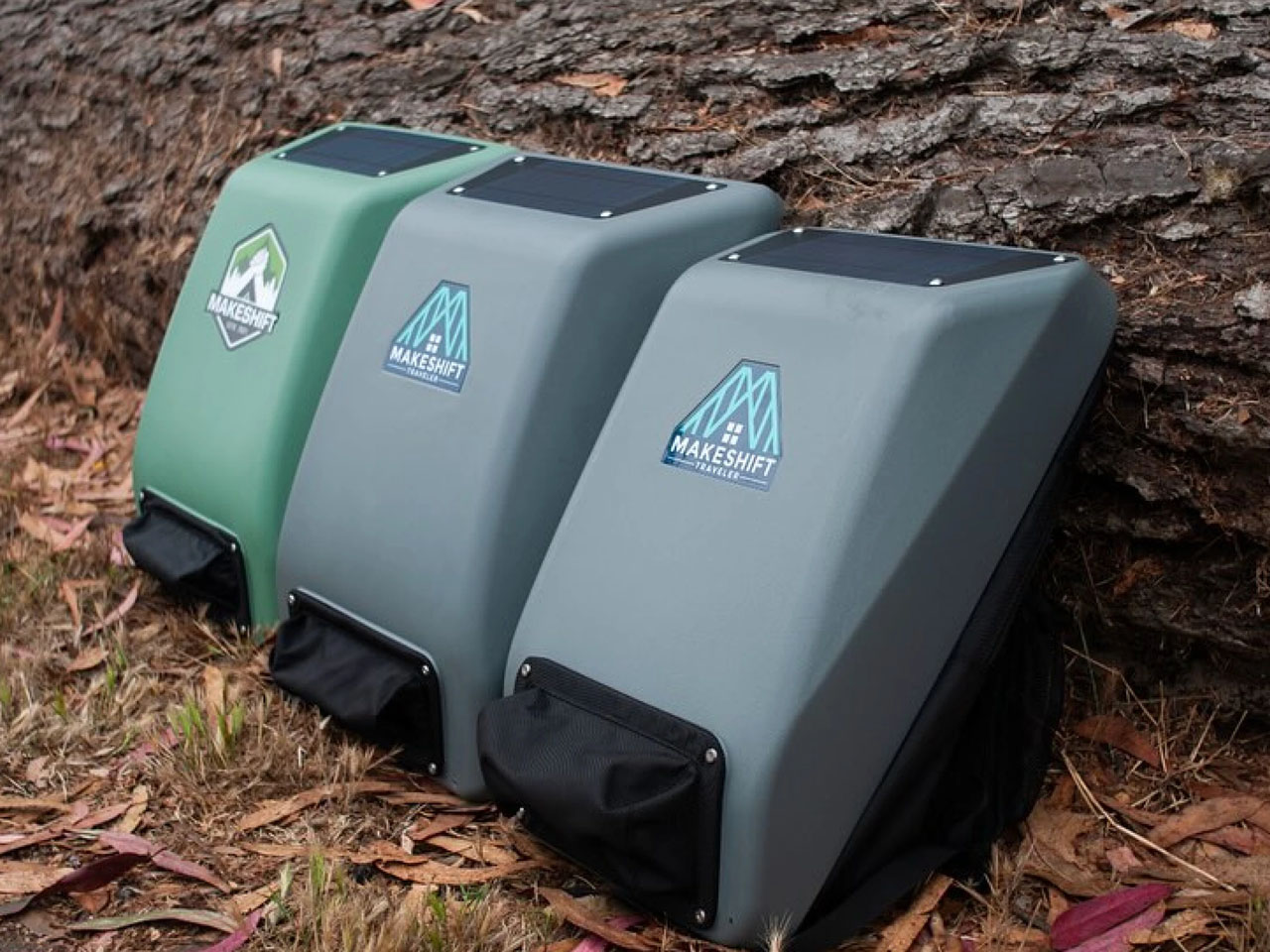
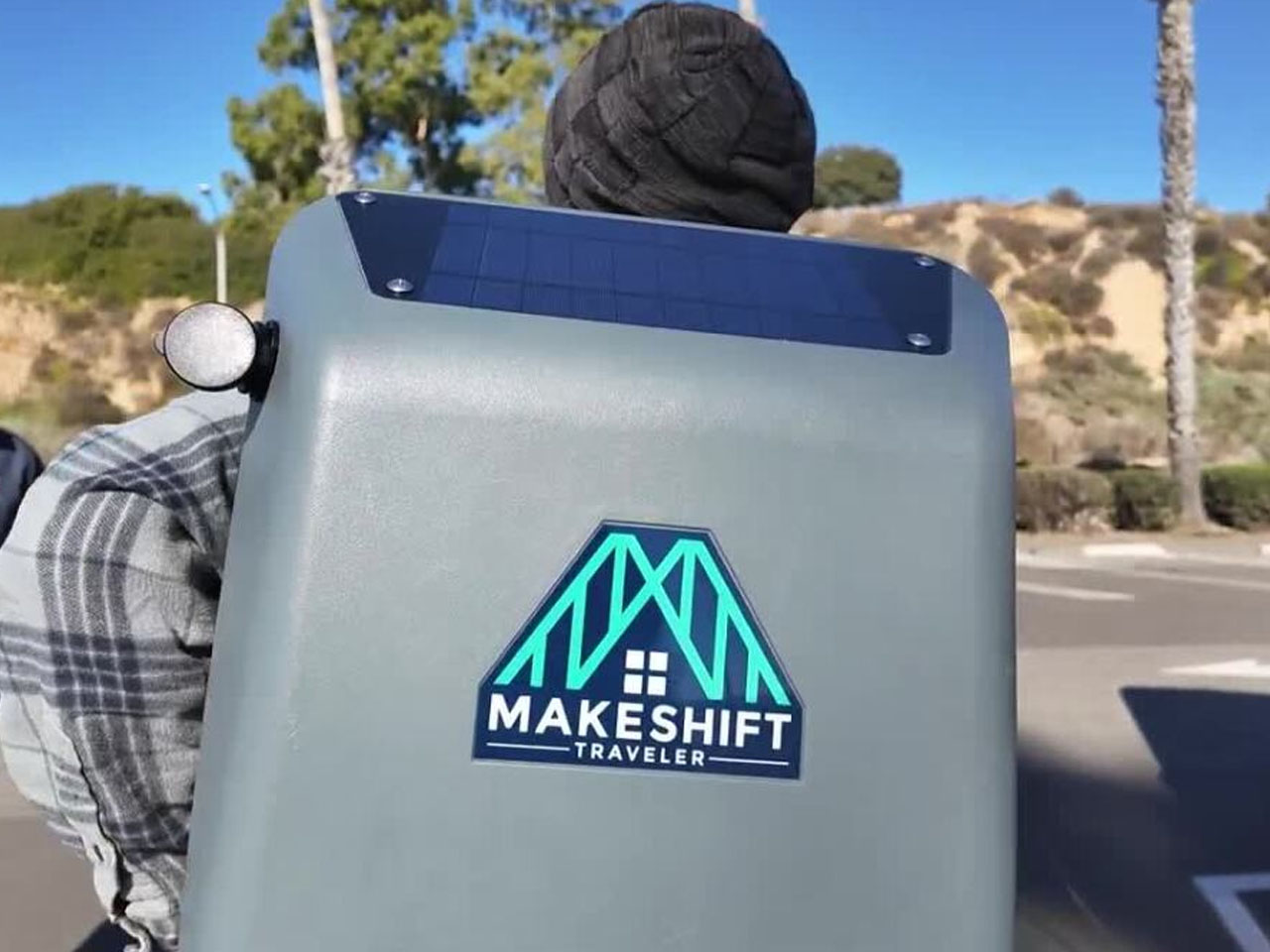
As for the construction, the outer surface of the pack is water and weather-proof and is constructed from recycled plastic bottles. With a solar panel embedded on the top and a rain poncho in the pocket at the bottom, the Makeshift Traveler backpack comes with a urethane-coated nylon pillow that can be puffed by stuffing in a piece of clothing. Along with the utilities, the backpack with an anti-theft zipper also features an ID card, a hygiene kit, a 24 oz water bottle, Bombas socks, and an informational brochure listing 15 local partner services ranging from shelter, mental health services, food distribution, wellness, and more.

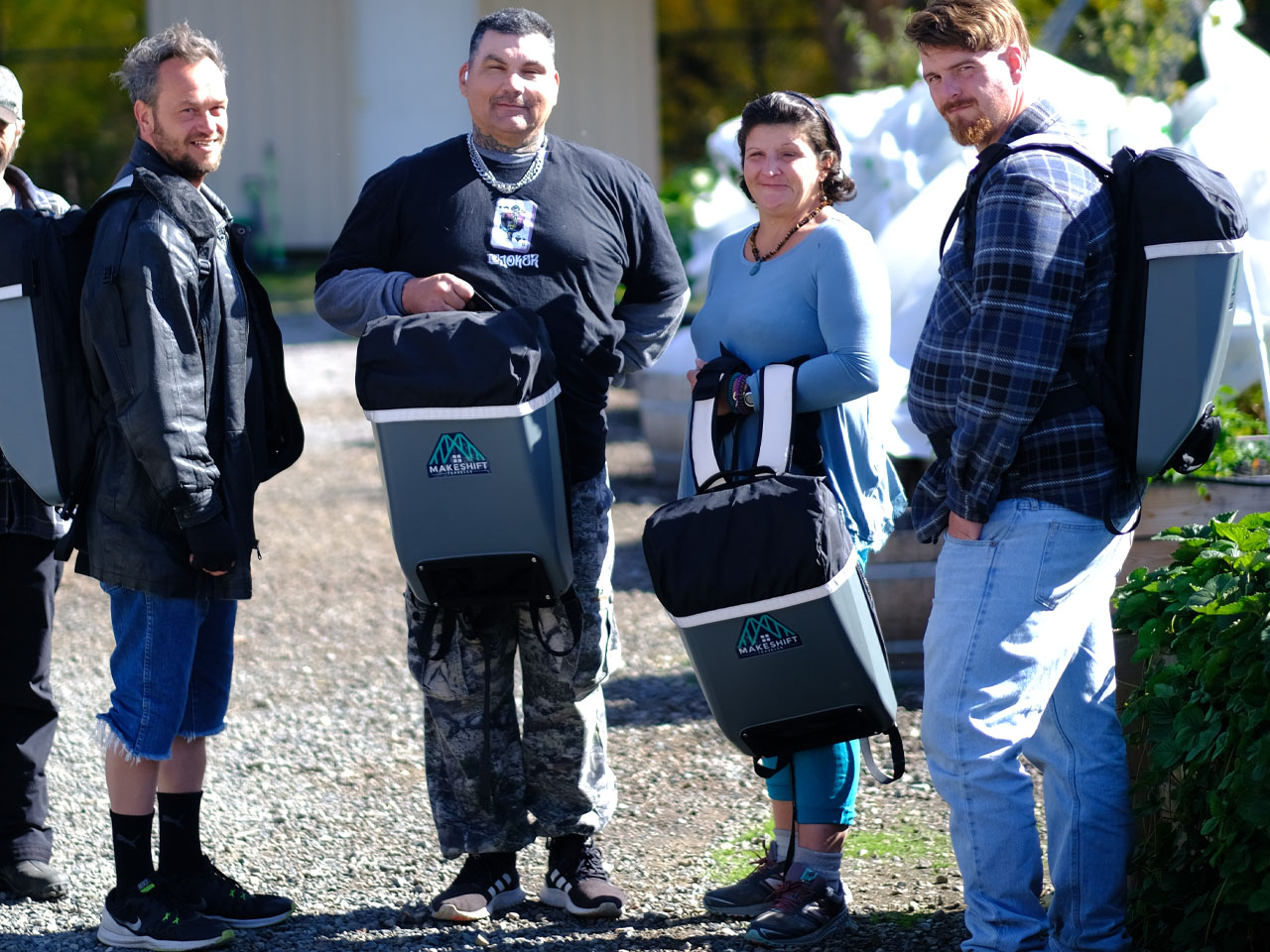
Of course, this is not an open market product. You cannot get it off the shelf, but if you’re concerned and interested in donating, you can check out the HomeMore Project’s website. Or if you want to wait and ponder introducing a backpack into your community, you have about a year to do so. The fifth edition of the Makeshift Traveler is on the cusp – to release in 2016 – and it will come with reflectors on the front and rear for better nighttime visibility in the dark.


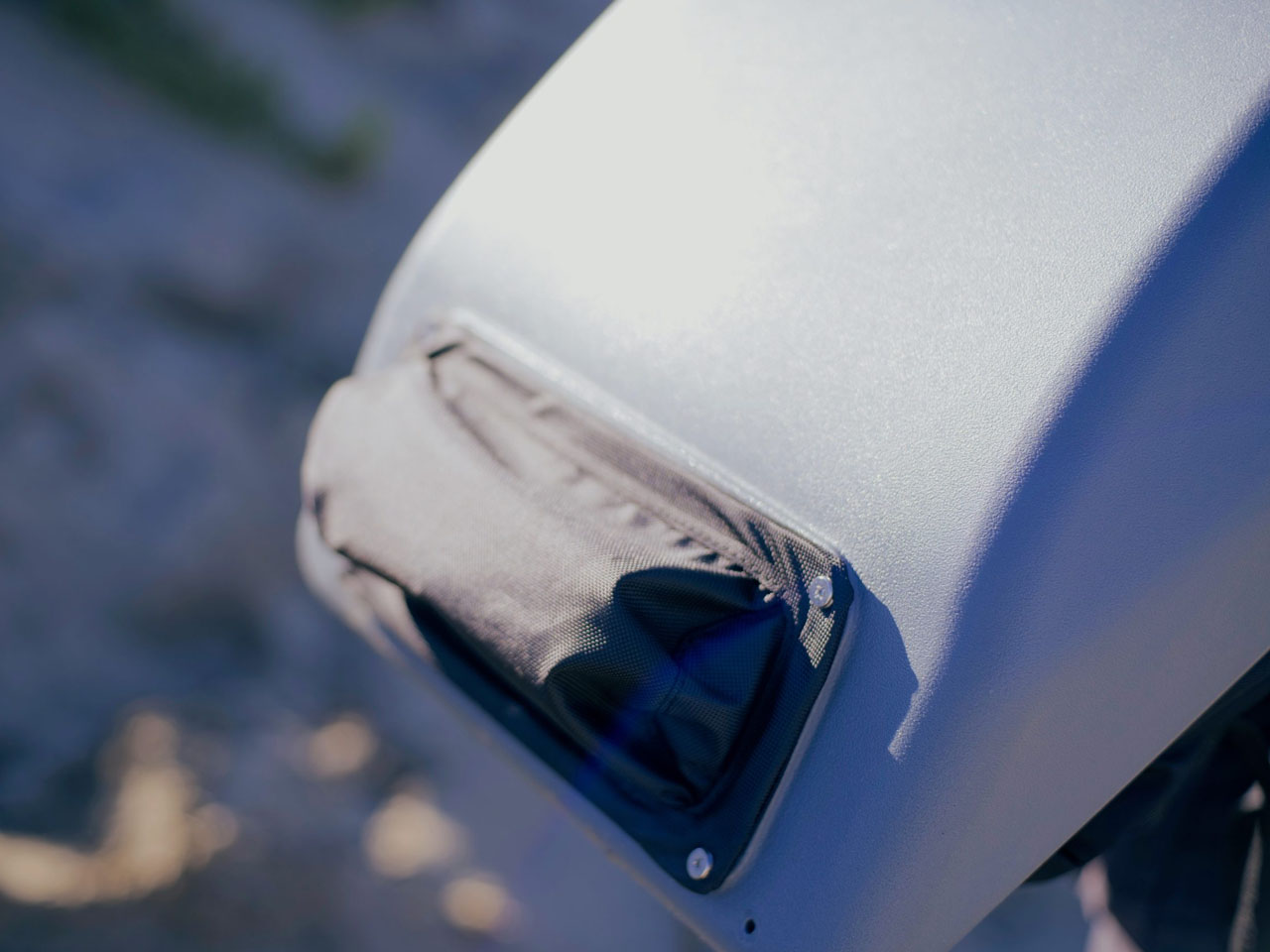

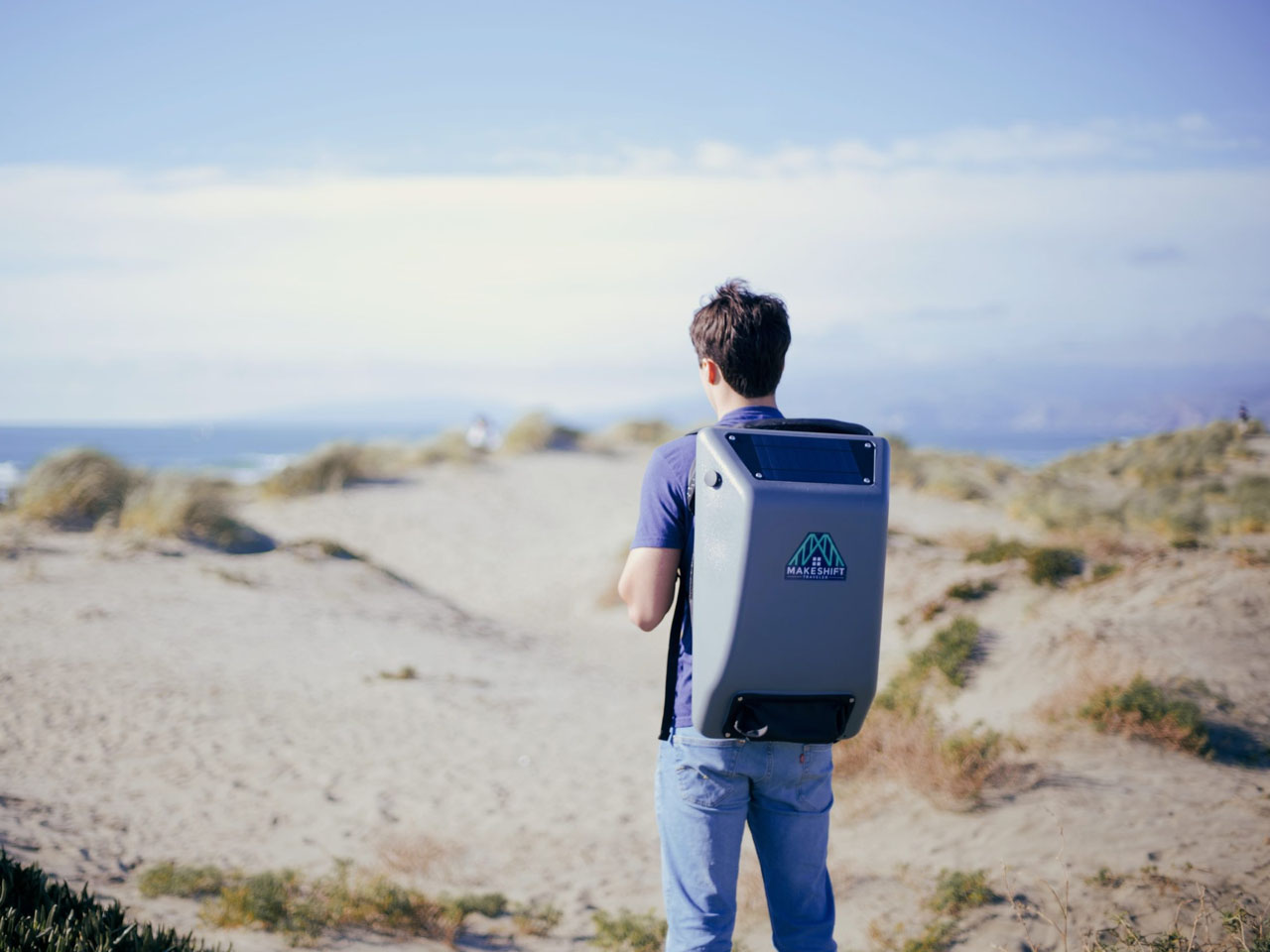
The post More than a backpack, the solar-powered Makeshift Traveler is helping California’s homeless live better first appeared on Yanko Design.

